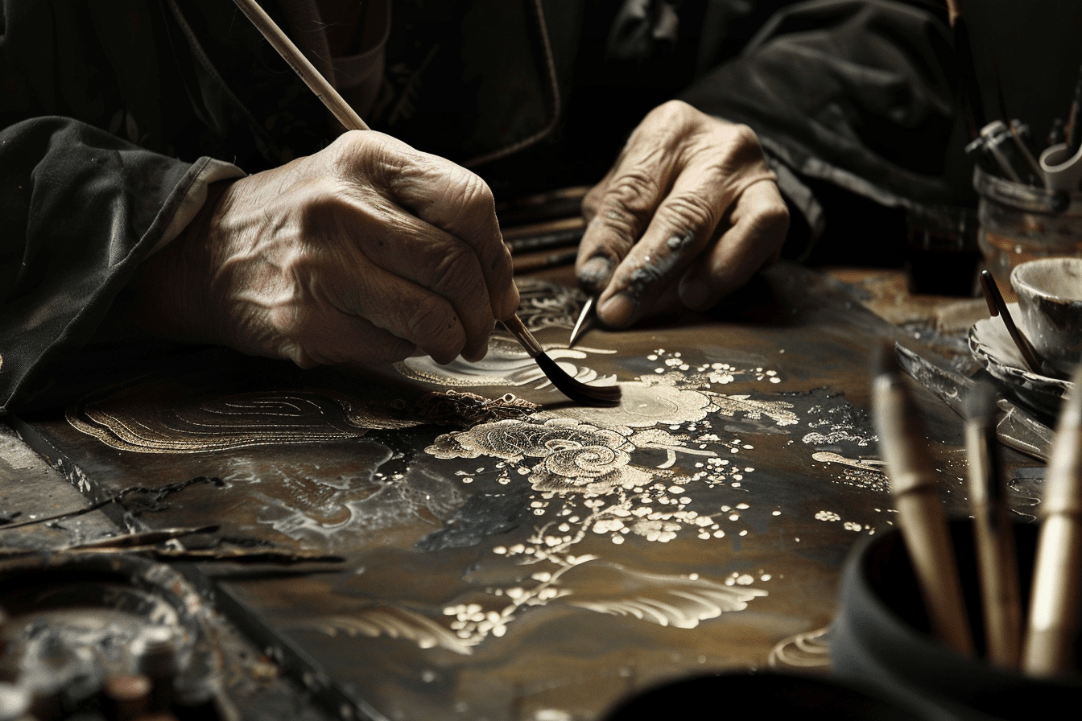How aesthetic note taking can improve the quality of your notes

Taking notes doesn't have to be tedious. By incorporating aesthetics into your note-taking process, you can create engaging and visually appealing study materials. This article will guide you on how to make your notes pretty, yet efficient. It will provide ideas on handwriting styles, layout designs, use of symbols, and how to leverage apps like GoodNotes and NoteLedge. Whether you're jotting down math equations or crafting a school presentation, we'll show you how to transform your notes from simple to stunning.
The Art of Taking Aesthetic Notes
Revamping your note-taking strategy to incorporate aesthetics involves a blend of creativity, organization, and attention to detail. First, selecting a consistent color scheme can significantly enhance the visual appeal of your notes. Stick to two or three colors per page to avoid visual chaos. The use of highlighters for headings and colored pens for terms can help in creating clear, organized, and visually pleasing notes.
Another important aspect is typography. Experiment with different fonts for headings, subheadings, and body text. This could be as simple as using capital letters for headings and a regular script for the rest.
Don't forget about layout designs. They play a crucial role in the aesthetic appeal and functionality of your notes. You can adopt popular note-taking methods like the Cornell Method, which involves dividing your paper into sections: notes, cues, and summaries. Or you could create your own customized layout that suits your style and needs.
Finally, consider using decorations like doodles, stickers, or washi tapes to add a personal touch to your notes. This can make the note-taking process more enjoyable and the end result more appealing. Remember, the aim is to make your notes engaging, not just pretty.
Exploring Aesthetic Note-Taking Apps for iPad
In the realm of digital note-taking, aesthetic apps for iPad take the lead. These apps typically combine functionality with appealing visual design. GoodNotes and NoteLedge are prominent examples, providing a range of features for both handwritten and typed notes. Meanwhile, MarginNote 3 and LiquidText excel in PDF annotation and research. For a minimalist aesthetic, consider Simplenote, which allows cross-platform syncing and tagging of important memos.
Other noteworthy apps include Transom for novelists and Evernote for professionals, each offering unique features catered to specific needs. Apple Notes and Notability are also popular choices for note-taking, offering a seamless integration with Apple devices. For more creative endeavors, Nebo and Moleskine Flow provide simplistic interfaces with powerful capabilities.
When exploring these apps, consider your specific requirements and preferences.
How to Make Your Handwriting More Aesthetic
To refine your handwriting for more aesthetic notes, start by choosing the right pen. The thickness of the pen can drastically alter the look of your handwriting. For finer handwriting, consider using a pen with a fine or extra fine tip. On the other hand, a thicker pen can be suitable for larger-sized handwriting.
Next, practice your handwriting. Printable handwriting sheets available online can help improve your letter shapes, spacing, and overall handwriting style.
Writing in short bursts can also be beneficial. Instead of striving to write for prolonged periods, break your practice sessions into 10-15 minute increments. This method can help maintain focus, reduce hand fatigue, and ensure better handwriting quality.
Lastly, remember to maintain a relaxed posture and shake out any tension before writing. A relaxed hand is less likely to tire quickly and more capable of producing fluid, beautiful handwriting.
Creating Aesthetic Layouts and Templates for Notes
Creating aesthetic layouts and templates for notes involves a balance between visual appeal and functionality. Start by considering the type of information you need to record and how you'd like to access it. You might find it helpful to divide your notes into sections or use different fonts and colors to distinguish between headings, subheadings, and body text.
Consider using pre-made templates available in note-taking apps such as GoodNotes, Notability, and Canva. They offer a wide range of templates to suit different note-taking styles, from Cornell Notes templates to minimalist designs. These templates can save you time and effort while ensuring a clean, organized layout.
For a more personalized touch, you can customize these templates or create your own. Experiment with different layouts, fonts, colors, and background elements. Don't be afraid to get creative with your notes. Add diagrams, bullet points, or even digital stickers for a fun, engaging experience.
Remember, the goal is not just to create beautiful notes, but to enhance your understanding and retention of the information. An aesthetically pleasing layout that is also functional can make studying more enjoyable and efficient.
Tips to Write Neat, Pretty and Simple Notes
Embarking on the journey to write neat, pretty, and simple notes? Emphasis on simplicity is key to avoid overwhelming your pages. Here are some tips:
- Consistency: Keep your handwriting, headings, and bullet points consistent. This makes your notes easier to read and aesthetically pleasing.
- Spacing: Avoid cramming your notes. Allocate enough space between words, lines, and sections to maintain clarity and neatness.
- Color Coding: Using different colors for various sections, keywords, or ideas can enhance the visual appeal and organization of your notes. However, limit your palette to three or four colors to maintain simplicity.
- Highlight Strategically: Highlight only the most important points or keywords. Overuse of highlighter can create a cluttered look.
- Use Borders or Frames: They can help separate different sections or ideas and make your notes look more organized.
- Incorporate Visual Elements: Diagrams, doodles, or symbols can make your notes more engaging and easier to understand. But remember, less is more.
- Use Quality Materials: Good quality pens, highlighters, and paper can significantly improve the neatness and aesthetics of your notes.
By following these tips, you can create notes that are not only neat and pretty but also simple and effective.
Transforming Math Notes into Aesthetic Masterpieces
Transforming math notes into aesthetic masterpieces involves more than just beautifying the layout. It's about making complex equations and formulas visually appealing and easier to grasp. Start by structuring your notes. Divide your page into sections for problem statements, solutions and remarks. Use color coding for different mathematical operations or variables. Incorporate visual elements such as diagrams, graphs, or flowcharts to represent mathematical concepts. Practice neat handwriting to ensure that every number and symbol is clear and legible. Finally, consider digital tools or apps that offer features for creating aesthetic notes, such as grid lines for graphs or equation editors. These strategies can make your math notes not only aesthetically pleasing but also more effective for learning.

